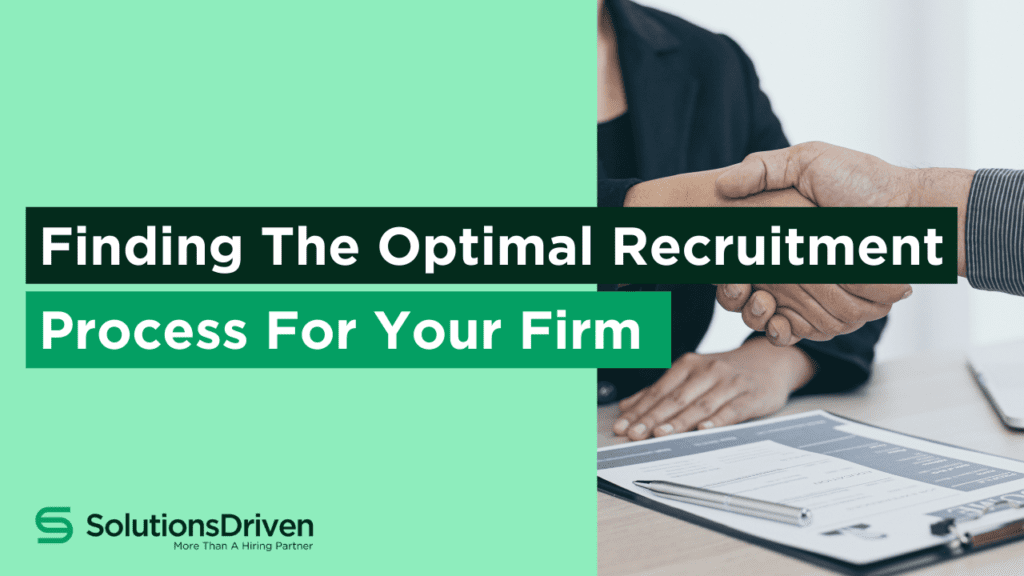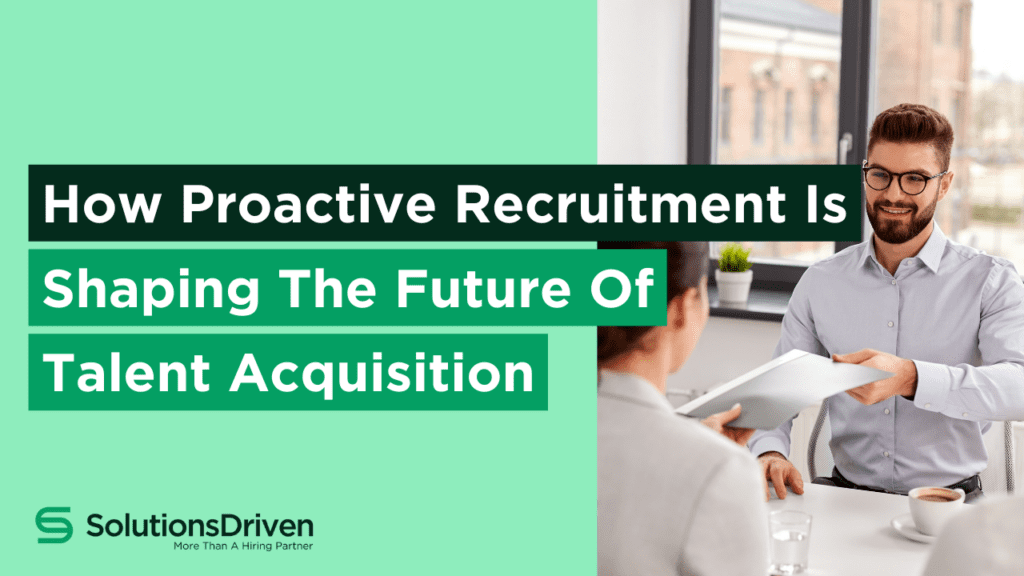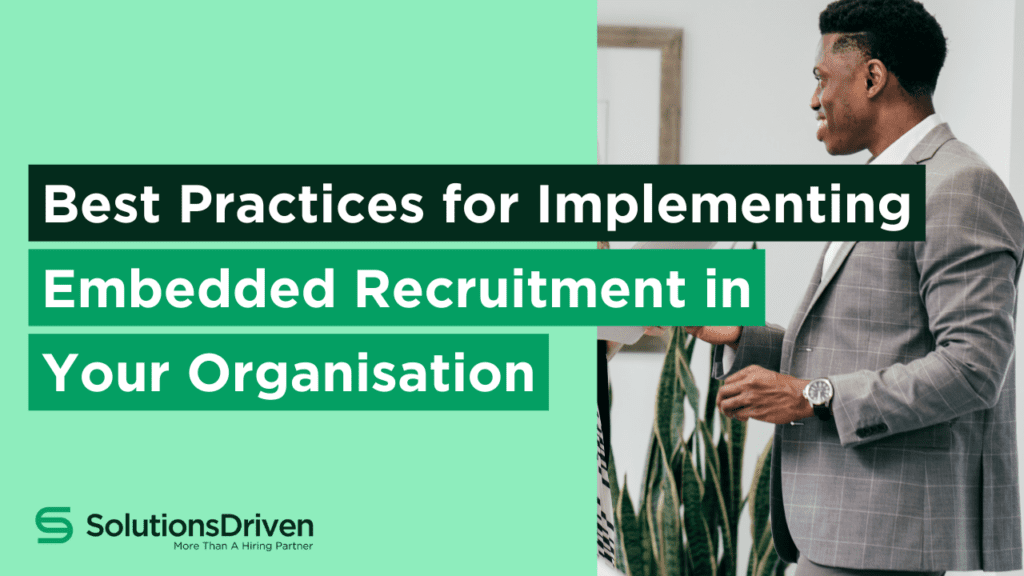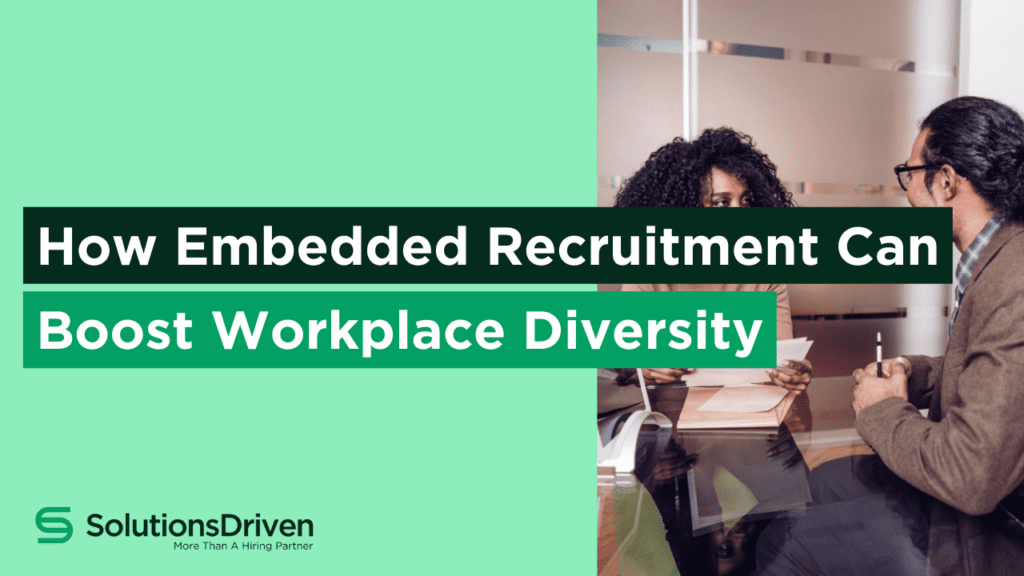To be the first to hear about our latest blogs, whitepaper releases, hiring enablement podcast episodes and get exclusive event invites, join our Exclusive Hiring Enablement Community.
Right now, talent acquisition (TA) is more important than ever. Why? Because in a hugely competitive landscape, attracting and retaining top talent is key to an organisation’s success.
But what many companies are finding is they’re having to change their TA tactics. They’re having to shift their recruitment strategies from a mass approach to a more personalised one-on-one approach…but, essentially, it works!
In this blog, we’ll explore the evolution of TA and the crucial role that personalisation now plays. We’ll also look at the kinds of tech that can help with personalisation, the inevitable challenges, and will reveal the companies already doing it well. Want to know how a personalised approach to hiring can help you? You’re in the right place.
The evolution of talent acquisition
The concept of talent acquisition has been around for centuries, with leaders handpicking individuals they believed had the right skills and potential. But TA as we know it today has come a long way from its traditional beginnings. Employers would post job openings on job boards and receive many applications. However, this approach had its limitations and challenges, including difficulty in attracting qualified/relevant candidates, high costs associated with recruitment, and a lack of diversity in the candidate pool. That’s where personalisation comes into play…
Understanding personalisation in talent acquisition
By personalisation, we mean tailoring the recruitment process to the individual needs and preferences of candidates. It’s an approach which involves:
1. using data and analytics to identify the ideal candidate profile;
2. customising job postings to appeal to that profile, and;
3. communicating with candidates in a way that resonates with them.
With the rise of technology and data, tailoring your recruitment process to effectively attract top talent, has never been more achievable.
Personalised recruitment can benefit both candidates and companies, as it ensures a better fit between the two parties. And who doesn’t want those strong foundations for long-term success?
Tools and tech for personalisation
Let’s look at the kinds of areas that can be improved with personalisation. Nowadays, there are lots of software options and tools available to help companies implement a personalised recruitment process, including for:
Candidate personas: If you’ve not yet created candidate personas, you’re going to struggle with personalisation. They’re basically accurate representations of your ideal candidates, which are the starting point for creating more customised job postings that appeal to those candidates. And while personas don’t necessarily need any fancy tech, you certainly don’t need to start from scratch. There are free templates available from lots of companies, including this one from Xtensio. Accurate personas are key to nailing personalisation.
Customised job postings: Then, when you’re ready to produce customised job postings, do so using data and analytics. It’s essential to target specific, relevant groups of applicants and ensure the right message is being communicated. Look at your own data held on your CRM. Also research job boards like Indeed to help you identify keywords relevant to your job posting, and/or suitable candidate attributes.
Personalised messages: Once you’ve got applicants, using AI to personalise messages is another tool that can help you engage with candidates on a personalised level. Even LinkedIn Recruiter is now jumping on the AI for personalisation bandwagon.
Unique experiences: Think all recruitment processes have to be the same? Think again. Every business, every offering, every culture, is unique. So, think outside of the box when it comes to your recruitment process and develop something that reflects your organisation. This is key to attracting people who are aligned with your culture and values and who are genuinely interested in your business.
Monitor results: And importantly, don’t forget to monitor results. Use tech to track the performance of your job postings and adjust them as needed. Use analytics tools to monitor engagement metrics, such as click-through rates and application rates, to optimise your job postings.
Who’s doing it well?
One great real-life example of a customised job posting is the job announcement created by streaming giant, Netflix, for a Social Media Manager position. The job announcement was tailored to attract social media users who have a passion for Netflix content and understand its audience.
The job posting began with a catchy headline, “Do you love Netflix? Passionate about all things social?” The announcement went on to describe the role, including responsibilities such as developing and executing social media campaigns, creating content calendars, and analysing performance metrics.
Netflix also personalised the job posting by highlighting the company culture and values. They mentioned that the successful candidate would be joining a team of “creatives, strategists, and community managers” who are passionate about storytelling and shaping the future of entertainment.
Overall, Netflix’s job posting was a great example of personalisation (language and terms that resonate with their target audience) to attract candidates that fit their company culture and values. And this wasn’t a one-off. Netflix is known for using a data-driven approach to customise all its job postings based on a candidate’s previous viewing history.
Other companies leading the way? There are several that have successfully implemented personalised recruitment strategies using a data-driven approach. Here’s our pick of just a few:
1. Deloitte: The professional services firm uses a gamification approach to attract and assess candidates. By creating games that simulate real-life work scenarios, Deloitte can evaluate a candidate’s problem-solving skills, critical thinking, and decision-making abilities.
2. Unilever: The consumer goods company uses online assessments to evaluate a candidate’s cognitive abilities, personality traits and work styles. By using data from these assessments, Unilever can identify the ideal candidate profile and customise its recruitment process accordingly.
3. IBM: The tech company uses AI-powered chatbots to engage with candidates and answer their queries. IBM also uses data analytics to identify the most effective recruitment channels and customise its approach accordingly.
Overcoming challenges in personalised talent acquisition
While personalised recruitment offers many benefits, it’s important to point out that there can also be challenges associated with it.
For instance, data privacy/security concerns can arise when collecting personal data from candidates. But these kind of problems can be mitigated through implementing strong encryption protocols, access controls, and regular security audits to limit and detect unauthorised access. And similarly, compliance issues can be overcome through following GDPR, CCPA and HIPAA regulations and adopting privacy policies that align with them.
There’s also recruitment bias – a further challenge that can arise when using data and analytics to make hiring decisions. But you can proactively work to collect diverse and representative data to reduce the impact of bias. And if you’re concerned about algorithmic bias (bias learned from data sets), you should conduct regular audits of your algorithms to identify and mitigate bias.
Ultimately, companies need to encourage diversity and inclusion initiatives and train employees to recognise and avoid personal biases in all recruitment activities – whether driven by humans or technology.
Measuring the impact of personalisation
So, you’ve a personalised recruitment strategy in place. How do you know it’s working? Measuring and monitoring is key for long term success.
Key Performance Indicators (KPIs) are an obvious starting place. Through implementing KPIs to measure the effectiveness of personalised recruitment you’ll be able to track things like candidate engagement, time-to-hire, and retention rates.
And always track the ROI of personalised recruitment by assessing recruitment costs against the value of the hires made through the process.
Personalised recruitment is critical in today’s competitive job market. Want to stand out? You need a personalised approach to talent acquisition that’ll help you attract and retain top talent – as well as create a more diverse and inclusive workforce.
Would you like help creating a more personalised TA strategy? Perhaps you want to better measure and monitor your process to continuously improve? At Solutions Driven, we’re working with businesses of all sizes to create personalised recruitment experiences that will help them find the right talent for their organisation. We can help you too. Why not call us for a chat today?







